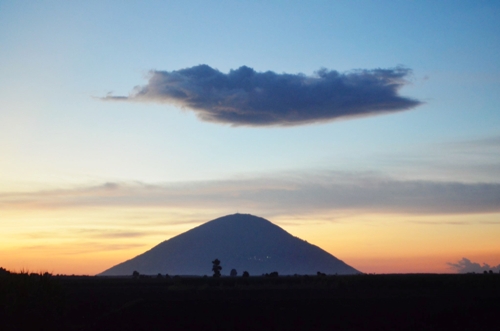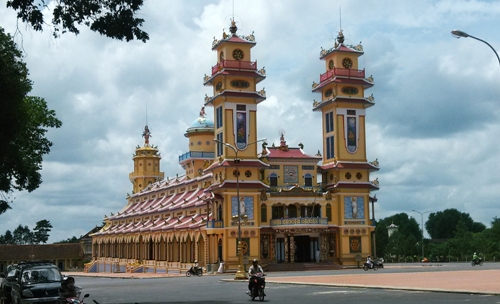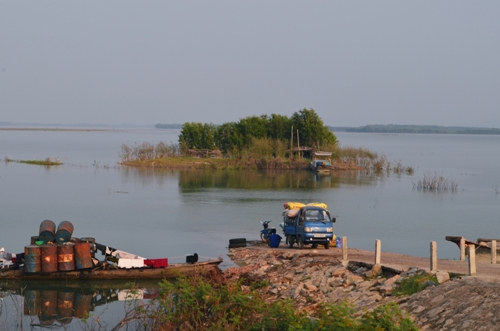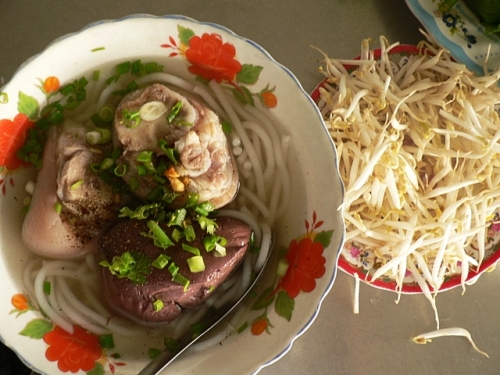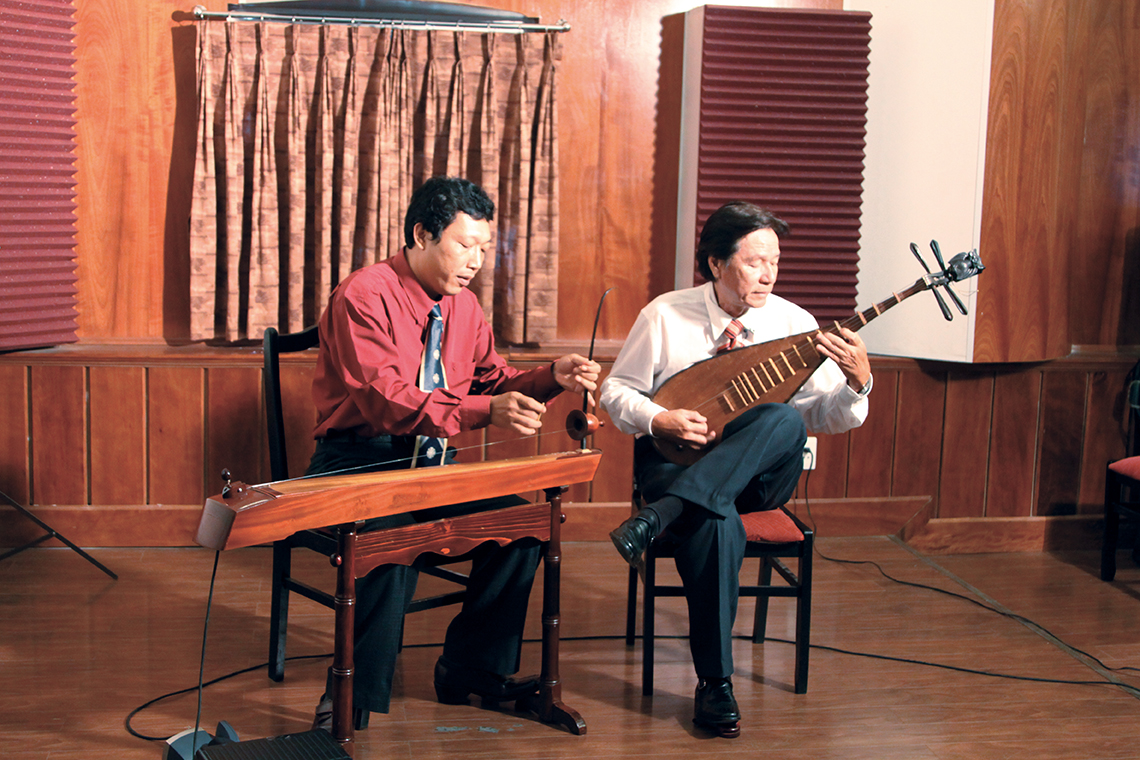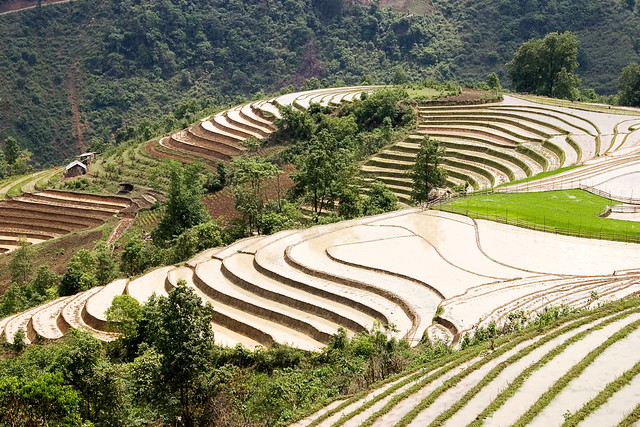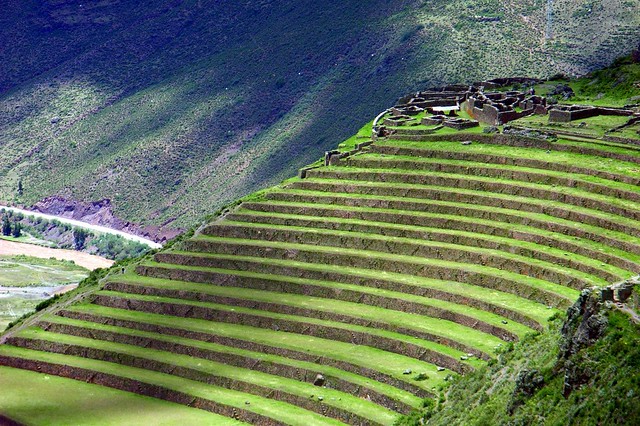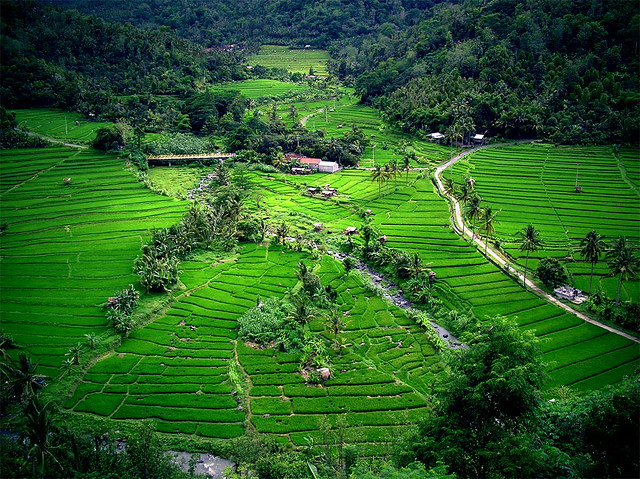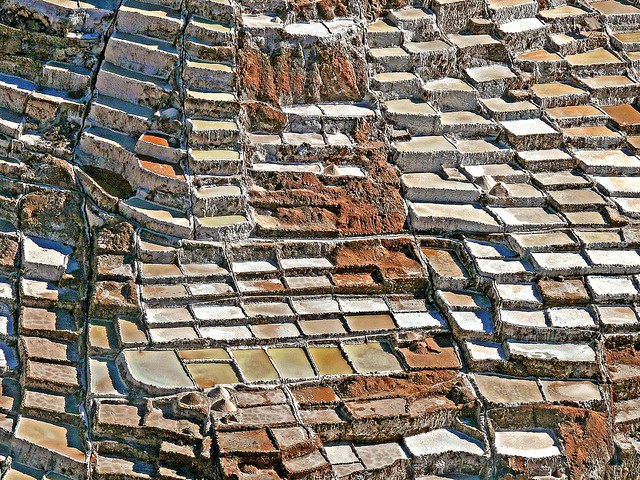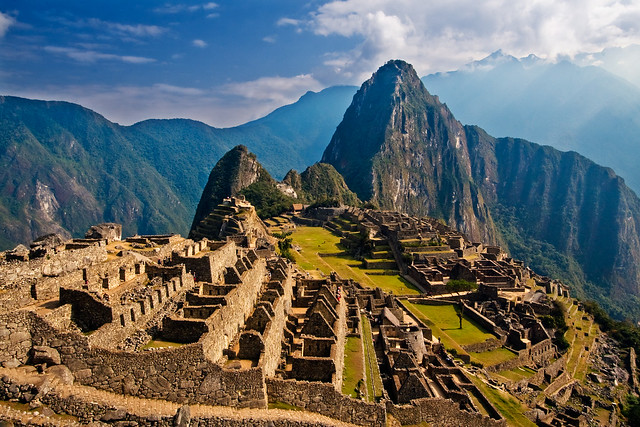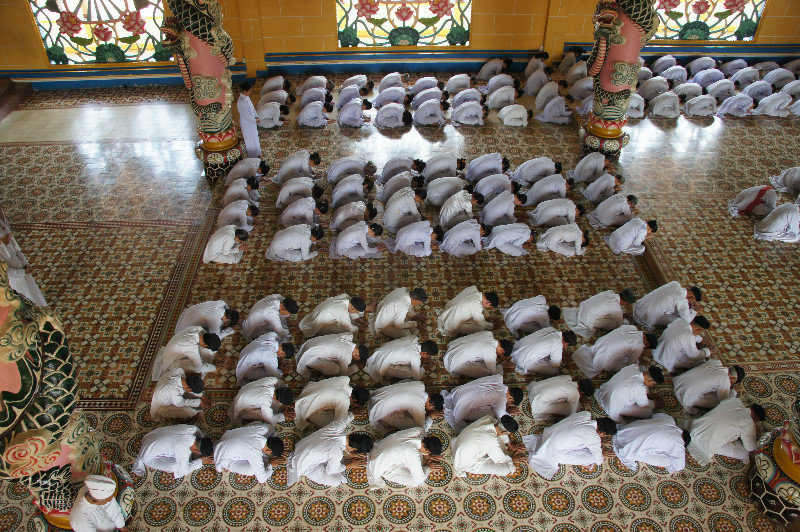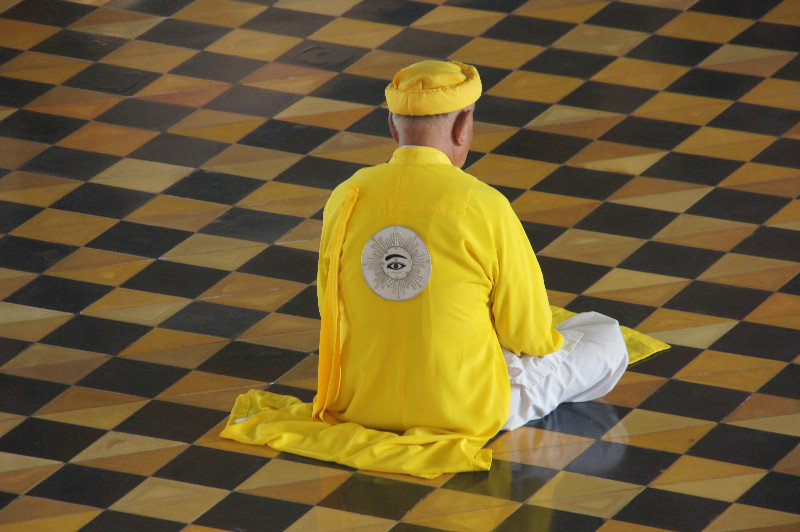Since long ago, Don ca tai tu (Amateur singing) in southern Viet Nam has been rooted in the cultural and spiritual life of the southern people. On December 5, 2013 the art of Don ca tai tu was officially recognized as an intangible cultural heritage of humanity by UNESCO.
Mentioning Don ca tai tu, people often think of a unique folk art which is seen as a “specialty” of the southerners. People in the south, regardless of the rich or the poor, male or male, old or young can perform Don ca tai tu anywhere and at any time. Therefore, this musical art is performed at parties, in the orchard gardens on moon-lit nights, on the boats drifting along the green canals or at rituals, weeding, funerals and death anniversaries.
According to researchers, Don ca tai tu appeared in the late 19th century. It originated from Hue court music and soon became a gene of traditional folk music with the popular nuance of the southern watery area.
The word “amateur” in Don ca tai tu refers to an artist who is excellent in ancient music and has a special talent for playing the instruments and singing. It does not mean “unprofessional”. It means that the “amateurs” perform not to earn their living but to amuse themselves when they are happy and nobody can spend money buying their performance. However, their performing skill is not low because they have to practice diligently and create their own style. This musical art does not have its own performance costumes and the performers are not finical about the costumes. They only pay attention to dressing to suit the performance space when they perform at communal houses, temples or on stage.

According to Professor Tran Van Khe who has devoted his life to introducing the traditional music of Viet Nam in general and Don ca tai tu of the south in particular to the world, in the early 20th century Don ca tai tu developed strongly and quickly spread throughout the six provinces of the south. At that time, due to the interaction and emulation among the amateurs’ groups, their performing techniques were improved and the recording and systemization of the ancient songs were perfected. Many well-known artists in the Don ca tai tu circle in the south emerged, typically Nguyen Quan Dai (or Ba Doi) in Long An, Tran Quang Quon (or Ky Quon) in Vinh Long, Moc Quan Nguyen Trong Quyen in Can Tho, Le Tai Khi (or Nhac Khi) and monk Nguyen Chieu in Bac Lieu. These artists were accredited with promoting this art form to develop strongly in the first half of the 20th century.
The main musical instruments in Don ca tai tu include the moon-shaped lute, the two-stringed fiddle, the 16-stringed zither and the monochord, which are known as the “four major instruments”. In 1930, the guitar, violin and Hawaiian guitar were added. The Song lan (percussion) was also used for beating time. Traditionally, the instrumentalists rarely perform solo, but they perform duets (on moon-shaped lute and 16-stringed zither) or trios (moon-shaped lute, 16-stringed zither and two-stringed fiddle), sometimes on the flute. The most interesting part of the Don ca tai tu performance is the prelude of the instrumentalist and the recitatives of the singer to tune the instrument and inspire the performer, creating the atmosphere for the band. In the impromptu performance the singers often perform with their own style after the original based on the traditional music. It is their elements that create the new and appealing features of the performance.
Don ca tai tu has many different songs but in general it has 20 major songs called “Nhi thap huyen to ban” for four tunes, including six Bac songs expressing joy and broad-mindedness, seven Ha songs used in the solemn rituals, three Nam songs expressing comfort and elegance and four Oan songs describing the scenes of sadness, sorrow and separation. Additionally, there are eight Ngu songs, ten uninterrupted songs, many variants and new songs composed by maestros and talented artists.
For over a century, Don ca tai tu has existed, developed sustainably and become a daily spiritual food. It is also a “specialty” that the southern people use to treat the visitors to the southern watery area.
Vitality of Don ca tai tu. Unlike many types of folk songs, Don ca tai tu has a strong vitality. Not only domestic but also foreign tourists who visit Viet Nam love this art from because of its rustic, familiar, romantic and unique characteristics.
Professor Tran Van Khe said that in 1963, he asked musician Nguyen Huu Ba to record a single disc of Don ca tai tu to introduce to UNESCO. In 1972, he sent to UNESCO the second disc of this music performed by him and professor of music, Vinh Bao. Cocora Radio France invited Prof. Tran Van Khe and professor of music Vinh Bao (in 1972) and 16-stringed zither artist, Hai Phuong (in 1994) to record another two discs which were listed in the best-selling albums in France and were awarded the music critic award of the year.
We came to Bac Lieu Province, an area with a strong Don ca tai tu movement in the south. It is also the native land of musician composer Cao Van Lau who is the author of the song “Da co hoai lang” (Night drum beat causes longing for absent husband), a symbolic heritage of the Don ca tai tu village in Bac Lieu Province.
Every hamlet, village, commune, ward and city in Bac Lieu has Don ca tai tu clubs. At present, the province has 227 Don ca tai tu clubs with 2,143 members including 475 instrumentalists and 1,668 singers. Of these clubs, 55 clubs have been provided with equipment and tools for activities by the State. All clubs have periodic activities. Every year, Bac Lieu organizes a Don ca tai tu festival, providing more opportunities for the clubs to perform and enhance their professional skills.
For over 10 years now, Bac Lieu, Soc Trang and Ca Mau Provinces along with some southwestern provinces have annually organized a musical exchange to promote the Don ca tai tu movement to develop.
Nguyen Quoc Minh, Director of Cultural Centre and Chief of the Department of Culture in Bac Lieu City said that the community training course on “Singing the Da co hoai lang (standard version) and Vong co (Longing for the drum beat) organized by the centre was attracting a large number of people of all ages, including elderly people who are over 80 years of age and teenagers.
Le Thi Thu Thao, a 14-year-old girl in Nha Mat Ward said: “I like Don ca tai very much because since I was little I have heard a lot of songs performed by my parents, my mother’s sister and brother in the family’s events or at parties. I learn hown to take a breath and keep the rhythm so that I feel more confident when singing.”
With its achievements and proud tradition in the development of the Don ca tai tu art, Bac Lieu Province has been chosen to host the first Don ca tai tu festival in Viet Nam by the State. The festival will take place in April 2014 with the theme “Don ca tai tu – The inner voice of the southern people”.
To prepare for this event, a part from continuing the conservation and promotion of the Don ca tai tu movement, Bac Lieu has built and repaired 26 keys projects, typically the commemorative area for the southern Don ca tai tu and musician Cao Van Lau, the cultural and artistic exhibition center and Cao Van Lau Theature, and the Hung Vuong Square.
According to the latest statistics, the Don ca tai tu movement has spread to 21 cities and provinces throughout the country and has 2,258 clubs with 13,800 members, of whom the youngest is six years old and the oldest is 99 years old.
Besides the strong development of the Don ca tai tu movement, attention and large investment have been given to the research and training of this art form in a professional way. Ho Chi Minh City is the largest center for the training and research on Don ca tai tu in the country. Here, there are two units which can train professional artists in this art. They include the Traditional Music Faculty of the Ho Chi Minh City Conservatory and the Traditional Music Faculty of the Ho Chi Minh Conservatory and the Traditional Drama and Song Faculty of the University of Drama and Cinematography. There are also many Don ca tai tu classes opened by the house of culture in the city and districts and by the artisans to teach those who love this art.





